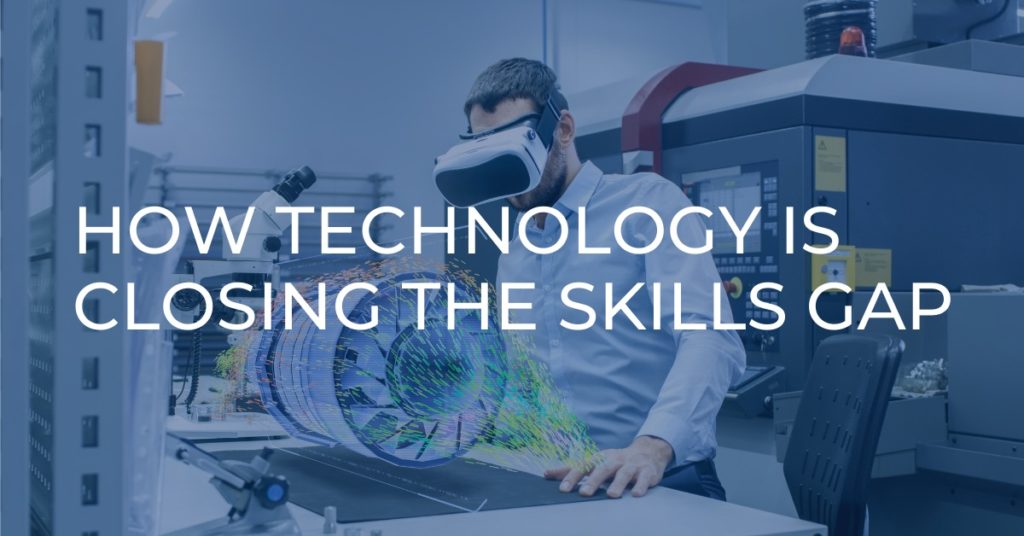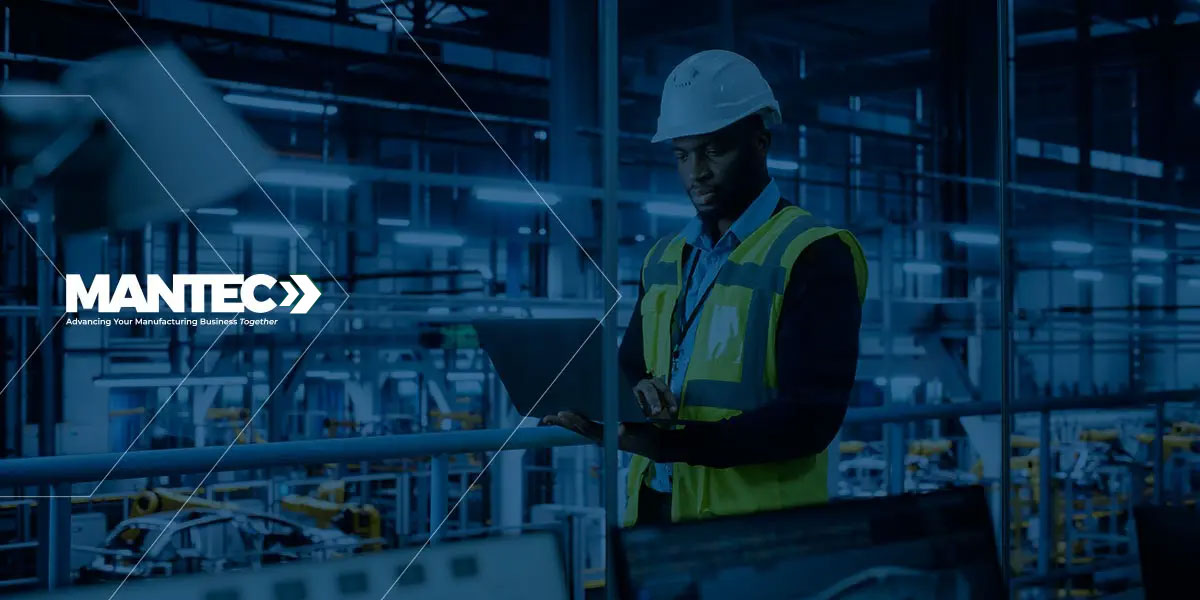In the fast-paced world of manufacturing, staying ahead often means embracing change. Soon, the only…

With technology advancing at a continually more rapid pace, manufacturing capabilities and demand are expanding every day. Since artificial intelligence (AI) has not proven to be the job killer people feared it to be, that means manufacturers in the U.S. are growing and adding jobs at an almost unprecedented rate.
Due to a skills gap in the manufacturing industry, however, employers are struggling to fill those positions. This present need is compounded by the backbone of the current workforce consisting of baby boomers, many of whom will retire in the next decade.
The societal push for higher education has caused many young people to look down on manufacturing in favor of other careers, leaving employers to face a shortage of employees with the abilities needed in today’s high-tech workplace. Once-popular manufacturing jobs may now take months to fill simply because it is so difficult to find workers with the necessary skills. Fortunately, and ironically given the fear once commanded by AI, technology is now providing solutions.
Digital Training Designed for the Skills Gap
Companies such as Honeywell Technologies are designing digital training programs to combat the skills gap with in-depth, engaging instructional techniques using augmented and virtual reality. Employees using these advanced training methods can practice performing the everyday tasks of the job, cultivating muscle memory and familiarity in a safe, feedback-rich environment.
Younger candidates are highly desirable in today’s job market, and the use of technology in training serves the dual purpose of engaging and retaining them as well as greatly increasing the speed with which training can be completed.
The Use of Pre-Employment Tests in the Manufacturing Industry
Even in STEM fields, higher education tends to focus on the straightforward transmittal of knowledge rather than encouraging students to develop “soft” skills such as critical thinking and problem-solving. These skills, however, are in high demand in today’s manufacturing workplace due to the automation of many manual tasks. Digital training programs highlight candidates with these skills by introducing them to unique situations and recording their reactions.
With so few candidates entering jobs with the requisite skills already developed, employers have begun using tests to discover their capacity for learning those skills through training. These pre-employment tests evaluate a potential employee’s ability to learn new techniques, perform under pressure and adapt to emerging situations.
For example, a digital test might introduce a procedure, allow the prospective employee to work through it a few times, and then simulate a problem that might occur during actual production. The candidate’s attitude and problem-solving methodology will inform the employer where they might fit in the company — or if they should be hired at all.
The Long-Term Effect of the Skills Gap on Manufacturing
The manufacturing industry is expected to continue growing, meaning employers will have to continue innovating to overcome the skills gap and recruit qualified employees. In today’s competitive economy, building a capable, reliable workforce requires more than attractive incentives. You also need a healthy company culture that helps employees to feel valued and respected.
As a non-profit leader in strengthening the manufacturing enterprises of South Central PA, MANTEC is eager to work with businesses looking for workforce improvement solutions. For more information on how technology is closing the skills gap and how you might put these capabilities to work for your enterprise, contact us today to connect with a qualified consultant.


